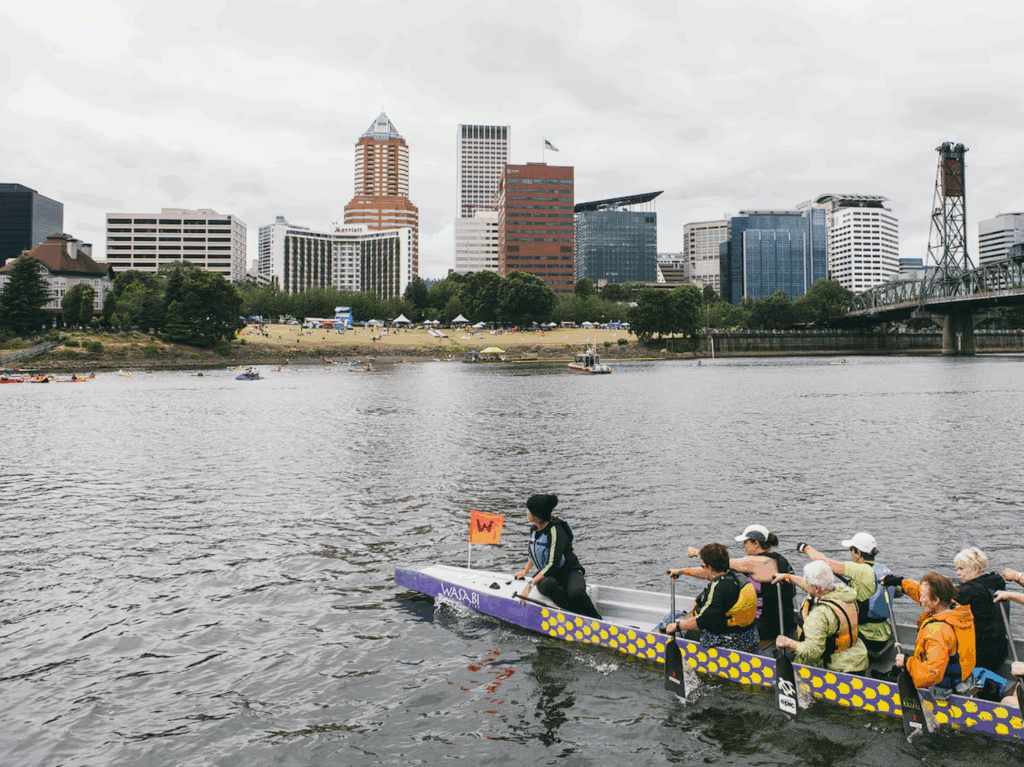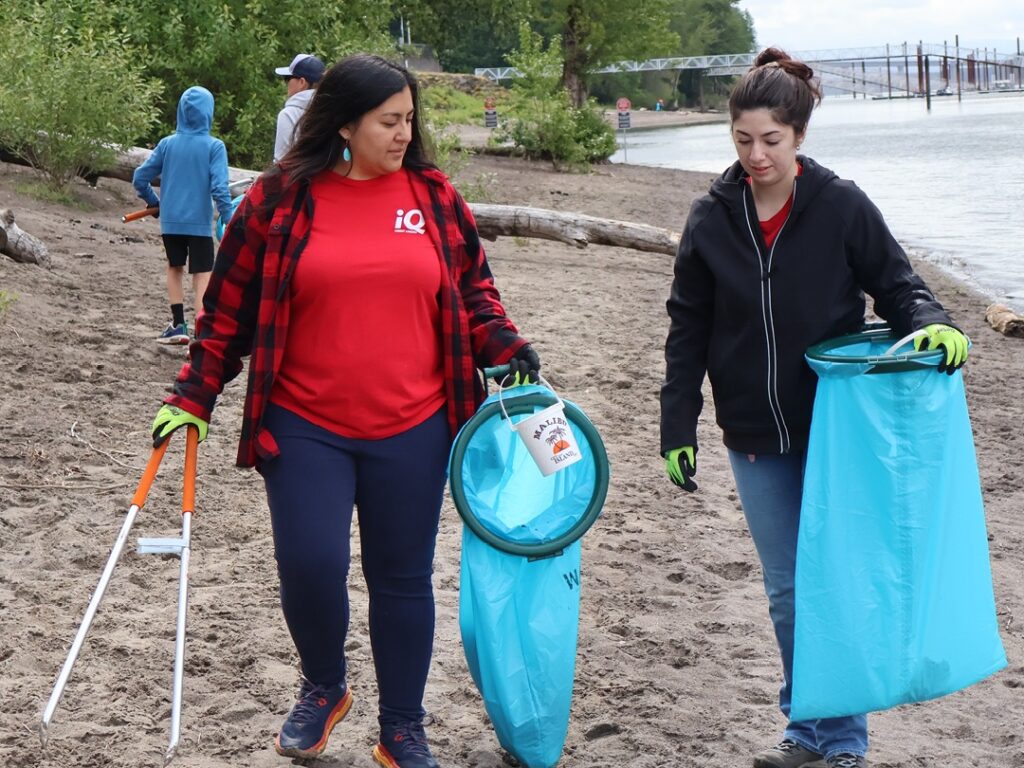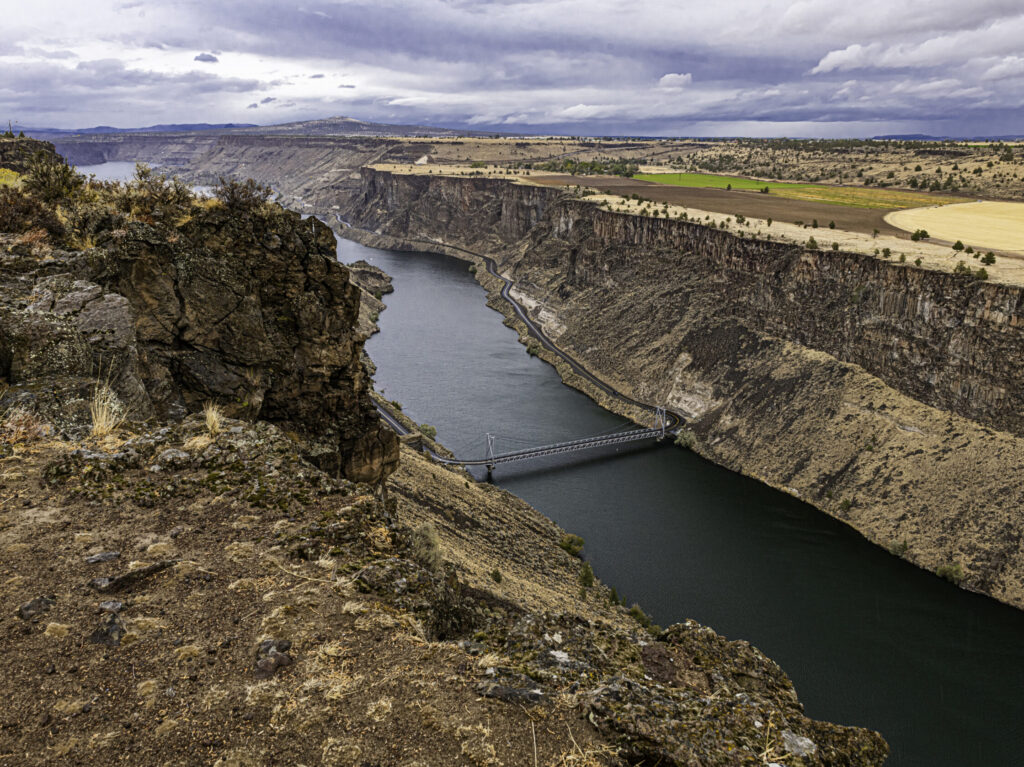Oregon Water Stories: Baker County
Author
Posted
Share


Oregon Water Stories is a project of PSU Professor Melissa Haefner’s freshman inquiry class, running from 2018 to present. The goal of the project is to gather stories from around the state of Oregon that relate to the modern relationship between humans and water. Haefner’s 2023 class wrote profiles on various Oregon counties that explored the different water challenges being tackled around the state. The following profile from one of Haefner’s students has been abridged and revised, with permission, for sharing here.
Baker County, Oregon is a region where water plays a pivotal role in the environment, economy, and daily lives of its residents. With rivers like the Burnt and Powder providing irrigation, recreation, and habitat for diverse wildlife, water is both a lifeline and a source of contention. However, climate change and environmental challenges are pushing the county’s water systems to the brink, forcing the community to adapt.
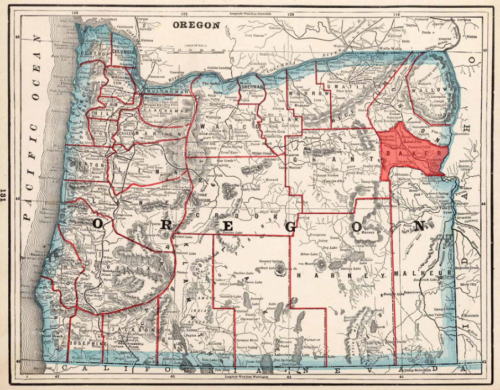
The Rivers That Sustain Life
Baker County’s rivers are at the heart of its sociohydrology—the dynamic interactions and feedback between water and people. Supporting fish species such as rainbow, cutthroat, and bull trout, and wildlife like elk, mountain goats, and bighorn sheep, these waterways also sustain agriculture and drinking water for the community. Baker City relies on the Baker City Hydro Electric Plant to distribute water collected from Goodrich Reservoir and 11 springs through a 17-mile transmission line.
However, this precious resource is expensive, with monthly water rates averaging $120—significantly higher than the national average—raising affordability concerns, particularly for low-income households. Water-dependent industries like agriculture rely heavily on this limited supply, heightening the pressure on Baker County’s rivers and reservoirs.
Drought: A Persistent Challenge
Drought has become a grim reality for Baker County. Annual precipitation averages only 18 inches, making it naturally dry, but rising temperatures and unpredictable rainfall patterns exacerbate the problem. In 2018, U.S. Agriculture Secretary Sonny Perdue declared a natural disaster in Baker County due to drought, allowing farmers and ranchers to access federal aid and emergency loans.
In 2023, the situation was similarly dire. Due to increased demand, Baker City began drawing from supplementary water sources, including Goodrich Reservoir, weeks earlier than usual. By July, the city had supplied 130 million gallons of water, 27 million gallons more than during the same month in 2015, when drought forced voluntary restrictions.
Farmers and ranchers, who rely on irrigation, are hit particularly hard. Depleted aquifers mean agricultural wells are no longer permitted, and reservoirs like Unity are increasingly unreliable. While irrigation districts used to count on reservoirs holding enough snowmelt to last through the summer, reduced snowfall caused by warming winters has disrupted this balance. Rapid snowmelt—triggered by warmer springs—also decreases the water available to replenish desiccated soils, as most runoff flows directly into streams rather than soaking into the ground.

Wildfires and Watershed Risks
Wildfires are another existential threat to Baker County’s water supply. Increasingly hot, dry summers and more frequent lightning strikes have made wildfires a growing concern. The city’s primary watershed, a 10,000-acre area located 10 miles from Baker City in the Elkhorn Mountains, is at particular risk. A large fire could contaminate the watershed with ash and mud, potentially requiring the city to invest millions in a water filtration plant.
City and Forest Service officials have worked to reduce the wildfire risk, focusing on thinning overgrown forests and creating fuel breaks. However, decades of fire suppression and limited logging have left forests dense with flammable material. While the Forest Service has spent $2.2 million over several years on prevention, experts like City Councilor Arvid Andersen argue that further reducing fuel loads is critical to protecting the watershed.
Bipartisan efforts to address the issue have emerged. In one example, Oregon Congressman Greg Walden and Senator Ron Wyden sent a joint letter to the Forest Service, urging it to prioritize forest thinning in Baker City’s watershed.
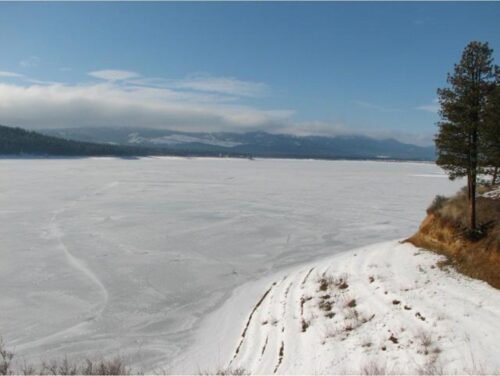
Community Impacts of Water Management
Drought and wildfire risks are not the only challenges Baker County faces. Fluctuating water levels in reservoirs like Brownlee have sparked frustration among residents. Managed by Idaho Power Company and the U.S. Army Corps of Engineers, Brownlee Reservoir plays a key role in flood control for the Snake and Columbia Rivers. However, its drawdowns for flood prevention can disrupt recreation and local businesses dependent on the reservoir’s stability.
Moreover, Baker City recently approved water and wastewater rate hikes to fund system improvements, including developing a backup well and replacing leaky sections of the century-old mountain supply line. While necessary, these increases add to the financial burden on residents, further highlighting the tension between water security and affordability.
Balancing Environmental and Economic Priorities
Environmental policy also influences Baker County’s water issues. A 2018 court ruling required federal dams in the region to release more water to help migrating salmon and steelhead populations. While critical for fish survival, this policy reduces hydroelectric power generation, potentially increasing energy costs for local ratepayers.
Similarly, efforts to mitigate the impact of cattle on Baker City’s watershed have included installing fencing to keep livestock out. While this protects water quality—particularly after a 2013 cryptosporidium contamination linked to cattle feces—it underscores the competing interests of agriculture, wildlife, and public health.
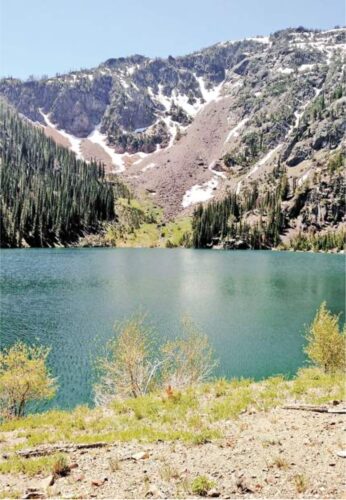
What’s Next for Baker County?
Baker County’s water future hinges on cooperation, innovation, and adaptability. The systems map of water issues in the region highlights the interconnectedness of precipitation, rivers, reservoirs, and community demands. Solutions like supplementary water sources, forest thinning, and stricter water management policies are already in place, but they may not be enough to secure long-term resilience.
To protect this vital resource, Baker County must balance the needs of residents, farmers, wildlife, and the environment. As climate change continues to alter precipitation patterns and increase wildfire risks, the community’s ability to adapt will be key to ensuring water security for generations to come.
Sources
Jacoby, J. (2017, September 27). Worried About The Watershed. Baker City Herald. Retrieved on January 30, 2019 from https://www.bakercityherald.com/news/5629720-151/worried-about-the-watershed
Jacoby, J. (2018, July 2). Walden, Wyden push for work in city’s watershed. Baker City Herald from https://www.bakercityherald.com/news/walden-wyden-push-for-work-in-city-s-watershed/article_f7c2dc44-ad4a-5c5c-acb0-22271a0b1662.html
Collins, C. & Jacob, J. (2018, September 22). Crews control Halfway fire. Baker City Herald from https://www.bakercityherald.com/news/local/6541556-151/crews-control-halfway-fire
Jacoby, J. (2019, February 6). Baker’s Balmiest. Baker City Herald from https://www.bakercityherald.com/news/local/6909714-151/bakers-balmiest
Jacoby, J. (2018, August 3). Feds call drought disaster. Baker City Herald https://www.bakercityherald.com/news/local/6424561-151/feds-call-drought-disaster
About Us. Baker County Watershed. https://www.bakercounty.org/watershed/about.html
Climate in Baker County, Oregon. Best Places. https://www.bestplaces.net/climate/county/oregon/baker
Nick Myatt. Wind and Wildlife. Baker County. https://www.bakercounty.org/renewable_energy/pdfs/wind_and_wildlife_odfw.pdf
Baker County, Oregon. United States Census Bureau. https://www.census.gov/quickfacts/fact/table/bakercountyoregon/PST045221
Water. Baker City. https://bakercity.com/2227/Water
USDA Designates Baker County, Oregon, as a Primary Natural Disaster Area. U.S. Department of Agriculture. https://www.fsa.usda.gov/news-room/emergency-designations/2020/ed_2020_1106_rel_ 0275
Jacoby, J. (2022) Governor declares drought emergency in Baker County. Baker City Herald. https://www.bakercityherald.com/news/local/governor-declares-drought-emergency-in-ba ker-county/article_7681407e-d530-11ec-a0b4-8be934db3312.html

Related Posts
Oregon Water Stories: Multnomah County
Oregon Water Stories is a project of PSU Professor Melissa Haefner’s freshman inquiry class, running…
Watershed Alliance of SW Washington
Watershed Alliance of SW Washington is a non-profit organization located in Vancouver, Washington. Their mission…
Oregon Water Stories: Jefferson County
Oregon Water Stories is a project of PSU Professor Melissa Haefner’s freshman inquiry class, running…


